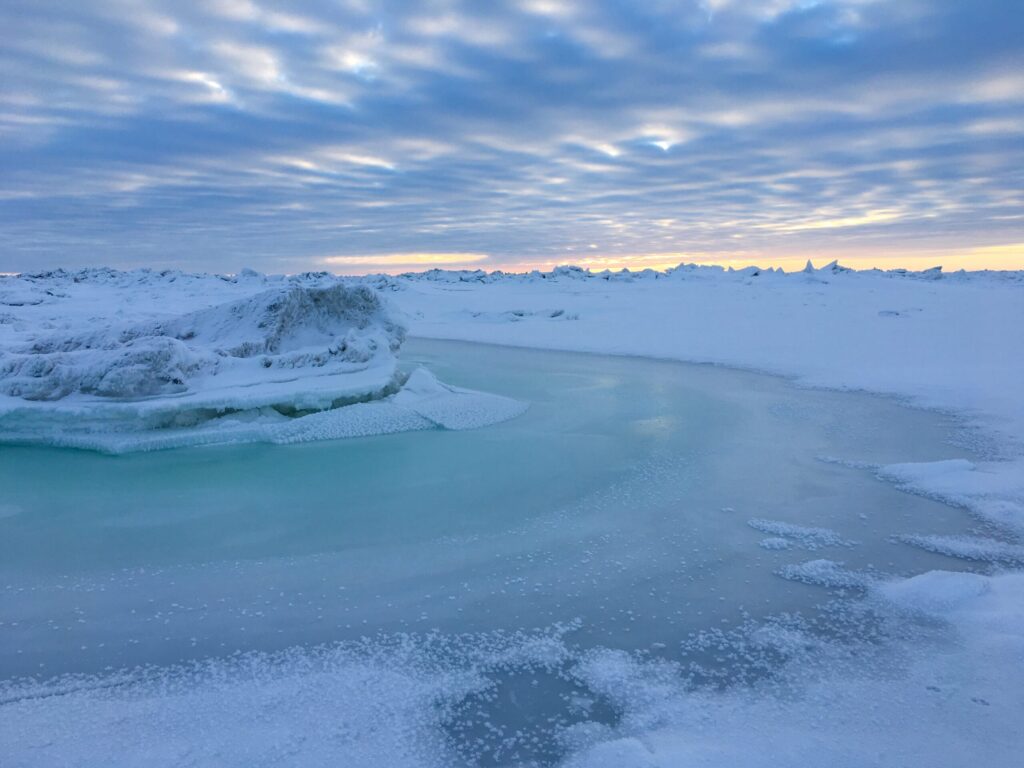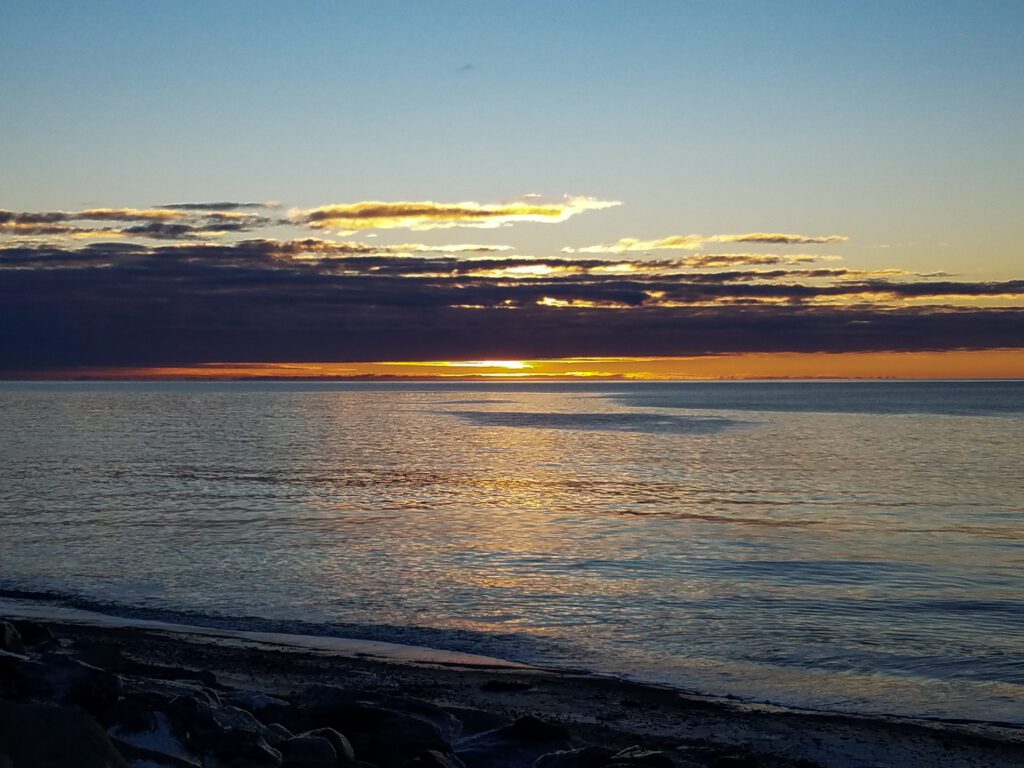You’ve read about Sounding Board, KNOM’s weekly call-in show. Hosting Sounding Board is both a nice change of pace from, and a bucketful of extra work on top of, your normal duties at KNOM. And as the focus of the show is on the callers, a good show lives or dies by how many listeners decide to pick up the phone and join the conversation. But only occasionally does KNOM get to broadcast an episode of our “other” talk show, Touch Stone. And that rarely happens because getting a Touch Stone on the air is basically like volunteering to do a Sounding Board when you don’t have to. The show only happens when you have a topic, you know it pretty well, and you have guests who can come in to the station (and/or call in) to be on the air live. With all that extra work and schedule coordination, you can see why Touch Stone isn’t a weekly thing. Well, despite all that, and perhaps because I always think it’s good to try something you haven’t done before, I hosted a Touch Stone last week. And it’s wasn’t just a vanity project, to do it just so I could say “I did it.” I hosted Touch Stone because I had an issue with supreme relevance to our listeners. And that issue is the mysterious disease that has been afflicting seals and other marine mammals in western Alaska since last summer.
The graphic above shows you where these seals are being found. And that’s only from May to November of last year. More diseased seals have been found, in Alaska, Canada, Russia, and even Japan. For our listeners, this isn’t just an epidemic for a wild species, this is an issue of food security. As I’ve mentioned in previous blog posts, food prices in western Alaska are astronomical. Fresh fruit and veg either don’t exist or are just too expensive and too shabby to be worth it. Store-bought food in western Alaska isn’t just an expensive choice, it’s usually the worst choice, nutritionally speaking. Many of our listeners at least supplement their diet with (if not fully rely on) subsistence food resources, and for many on the coast, seal (and seal products like seal oil) are a keystone in that diet. In the picture below, you can see some of the skin lesions that are being found on these diseased seals. That’s just one of several symptoms being seen. Would you want to eat anything that looked that sick? You can understand why a threat to the seals is a threat to people’s food and their way of life.
With Touch Stone, you have to go out and find guests who are willing and able to be on the air with you, on an otherwise idle Friday morning. I was very lucky to have written a few stories on this outbreak as it progressed, and so I was already in close contact with two women working on the issue who wanted to come on KNOM’s airwaves and spread the word about what is known, and what remains unknown, about this illness. On the phone, I was joined by Dr. Raphaela Stimmelmayr, a wildlife veterinarian and research biologist with the Department of Wildlife Management with the North Slope Borough. Working out of Barrow, Rephaela has been one of the leading professionals trying to figure out what this disease is all about. She also spearheaded efforts that finally got the federal government to take notice and offer assistance with finances and resources. Also on the show was Gay Sheffield, who works with the University of Alaska-Fairbanks Marine Advisory Program at Nome’s Northwest Campus. She’s traveled through the Bering Strait and Norton Sound for research projects, and has been in the field collecting samples of diseased seals since reports first started coming in. These two women have encyclopedic knowledge about these diseased mammals and the research efforts that remain ongoing. It would have been good to get some other voices on the air – some skilled hunters, and members of the subsistence groups like the Eskimo Walrus Commission – but again, Touch Stone can be a bear when it comes to lining up guests and schedules.
And once on the air, it was up to me to … well, facilitate. To guide the show in such a way that listeners unaware of the scope of the disease could listen in and learn about what’s going on. To ask questions that I knew could not only be answered by Rephaela or Gay, but could help steer the on-air conversation to a place I knew we needed to cover. After screening the seals for known viral, fungal, and bacterial pathogens, and all tests coming back negative, a lot of people were convinced the disease was being caused by radioactive contamination – either directly to the seals or through bio-accumulation in their food – from Japan’s Fukushima Daiichi nuclear disaster in March of last year. As just one example of how the host can guide the show, I posed some questions to our experts so they could say clearly on the air that tests for radiation have come back negative and no, radiation does not appear to be the cause.
We took a few callers, answered some questions, and covered a lot of ground. It was a busy hour on the air. But it was a good hour. Hearing about seals for an hour might not seem like your idea of good radio, but for our listeners, who are hunting the seals even now, and for the people in our region who are struggling to understand an illness that so far has yielded little, it was an hour I was very proud to be a part of. Many volunteers will never do a Touch Stone – I didn’t even know we had such a show until I was close to a year in – but it’s one of those opportunities that is there if you’re hungry. And hopefully, if you’re moving to Nome to volunteer for a year at KNOM, you’re coming very, very hungry.









